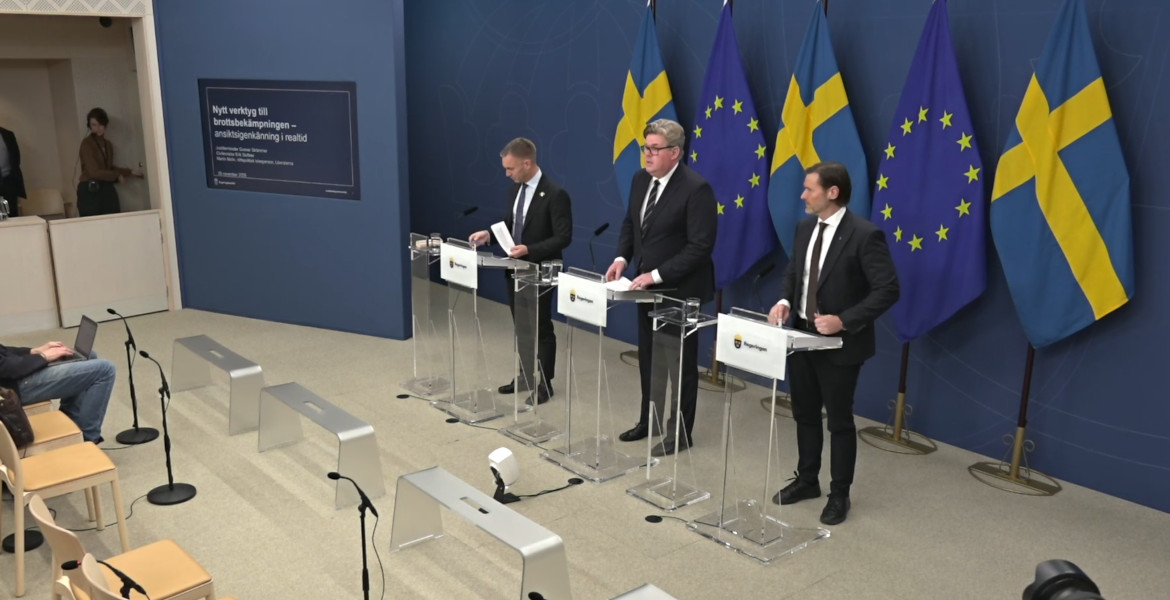Stockholm's ugliest building has been crowned - and the winner is the School of Architecture. The building was built in 1967-1969 for the KTH School of Architecture and it will now compete with 99 other entries in the national final where, in addition to the shame, the winner also receives a demolition scholarship.
The architecture call is a people's movement with almost 50,000 members who are tired of disgusting buildings and ugly concrete boxes being built on an ever-increasing scale and allowed to deface the surroundings.
In 2017 they voted Sweden's most beautiful city and the following year they continued with Sweden's ugliest city. In 2019, the country's most beautiful buildings of all time were voted for, and this year it was time to do the opposite and to vote for the very ugliest buildings.
The ugliest in Stockholm was ironically considered to be the city's school of architecture, even though the competition was fierce. In second place came Stockholm Waterfront and in third place Norra tornen. Now the School of Architecture will take part in the Swedish final, where you will finally have to choose which building is the ugliest in the whole country. A total of 100 ugly Swedish buildings around the country participate in the final.
In addition to the dishonorable appointment, the winner also receives a demolition grant, where the signatories of the Architecture Appeal jointly collect money so that the building can be demolished and stop the ugly city. If a demolition is still out of the question, suggestions for beautifying the building will be given.
As a curiosity, it can be mentioned that the Grand Hotel in Falun was named the ugliest building in Dalarna, the Brutalisthuset in Arvika the ugliest building in Värmland and the Teknikum in Växjö the ugliest building in Småland. For those who want to see the entire list of the country's ugliest buildings, it is available here.
If you want to participate and vote in the final, you need a Facebook account and group membership here.
The architecture call has also made a summary of how the responsible architects in Sweden themselves choose to live, and it is noteworthy that it is almost exclusively about old stone houses, crofts or floors in the turn of the century style.
"The hypocrisy turns out to be true when you do a little Googling on the individuals who take the liberty to destroy and deface the country's finest views. When they are done with their modernist brutalization of public space, they can retire to exclusive penthouses and cozy suburban villas. Living as you learn is definitely not something that characterizes the architects and builders who have a monopoly on dictating how our present and future should be designed" it states.





